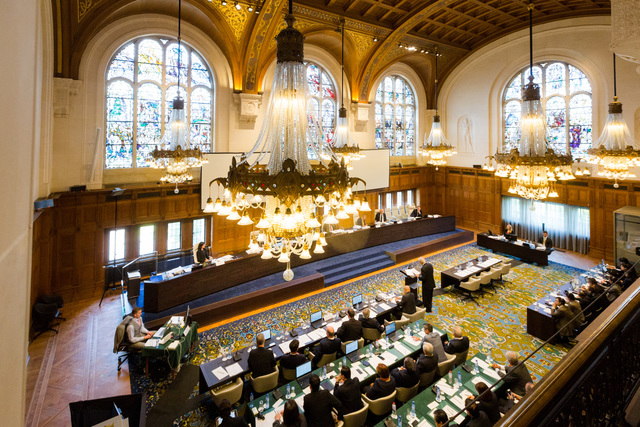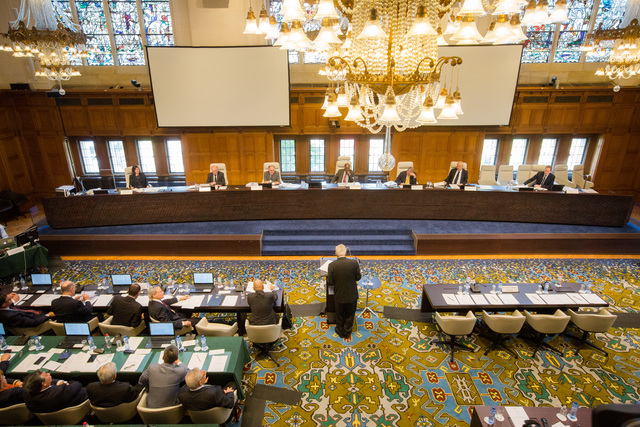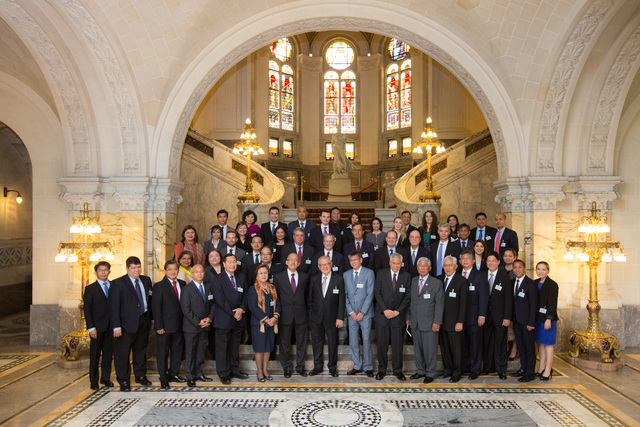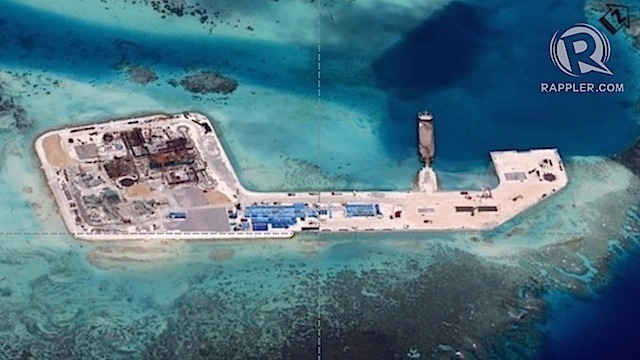I guess it’s the week of the Carpios. My last column was about the excellent job Conchita Carpio Morales has been doing as Ombudsman. This time it’s going to be all about Supreme Court Associate Justice Antonio Carpio, and the excellent job he has been doing with respect to the Philippine-Chinese dispute over the West Philippine Sea.
As we all know by now (the news came out yesterday), the Philippines won a significant victory in its stand against China’s bullying tactics. Or, as the wire services put it, Beijing/China suffered a setback/defeat in the case. Or, as an expert at the Center for Strategic and International Studies in Washington put it, the decision was “a major blow for China given that the opinion explicitly rejects China’s arguments that … the Philippines has not done enough to negotiate the issues with China.” Truth will out.
To remind the Reader: This is the most important Philippine foreign policy issue.
How sweet is the taste of victory. And a main contributor to that victory was Antonio Carpio, who has spent more than four years helping craft the legal strategy that led to it, and beating the international bushes to make sure that the lies of China to “prove” its claim are shown up for what they are. He has written about it, he has travelled all over the world and given speeches and lectures about it—and still kept his rigorous schedule at the Supreme Court. Truly a labor of love. This column has written about his efforts over the past two and a half years.
The Permanent Court of Arbitration (PCA) based in The Hague in the Netherlands unanimously (all five members) found that contrary to China’s claims, it did have the authority to hear seven of Manila’s submissions under Unclos (the United Nations Convention on the Law of the Sea) and China’s decision not to participate did “not deprive the tribunal of jurisdiction.” China had boycotted the proceedings, claiming that the issue was about sovereignty, and therefore outside the court’s authority. But the Philippines was smart to make it, not a sovereignty issue (thanks in part to Carpio), but a dispute between two states concerning the interpretation or application of the Unclos.
Specifically, it asks the arbitral tribunal to rule on whether China’s so-called 9-dash line claim (under which practically all of the South China Sea is considered its inland waters) or its domestic laws can take away the Philippines’ exclusive economic zone, and its extended continental shelf in the West Philippine Sea, which is ours under the rules of Unclos. By the way, the Philippines and China are both signatories to Unclos, and both are also members of the PCA.
The Philippines made 14 or 15 submissions to the PCA, and the PCA decided to hear seven of them (including the one about the 9-dash line). The rest of the submissions will be decided on as the court hearings continue, because supporting evidence is required. The point is that, in Justice Carpio’s own words, THE BOTTOM LINE: WE GOT WHAT WE WANTED. The first hearings on the merits of the case will take place at the end of November in the Netherlands. It will probably take a year to finish. We are on our way.
What is China’s reaction to this? It still insists that we should first have bilateral talks (negotiations). But Justice Carpio’s reaction to that can be seen in YouTube (Bawal ang Pasaway, Justice Antonio Carpio). According to him, we have had bilateral talks with China since 1995, and we have exhausted ourselves. Eighteen years of bilateral talks is enough. We had to go to arbitration. If we now consent to more bilateral talks, we are weakening our case. Or words to that effect.
Not so trivial trivia: The PCA asked the Philippines to clarify 26 points in its submissions, and we submitted a—would you believe—3,000-page document in reply. Also, China’s “boycott” involved releasing a position paper on its claim, with the proviso that this should not be taken as participation—to all and sundry, including the members of the tribunal. Having its cake and eating it too. Garapal!
Anyway, congratulations to Justice Carpio, our Department of Foreign Affairs, and everyone else who had a hand in this victory. Although I hear (I cannot validate) that not everyone is happy about it. (That means those that want us to submit to China’s hegemony.)





